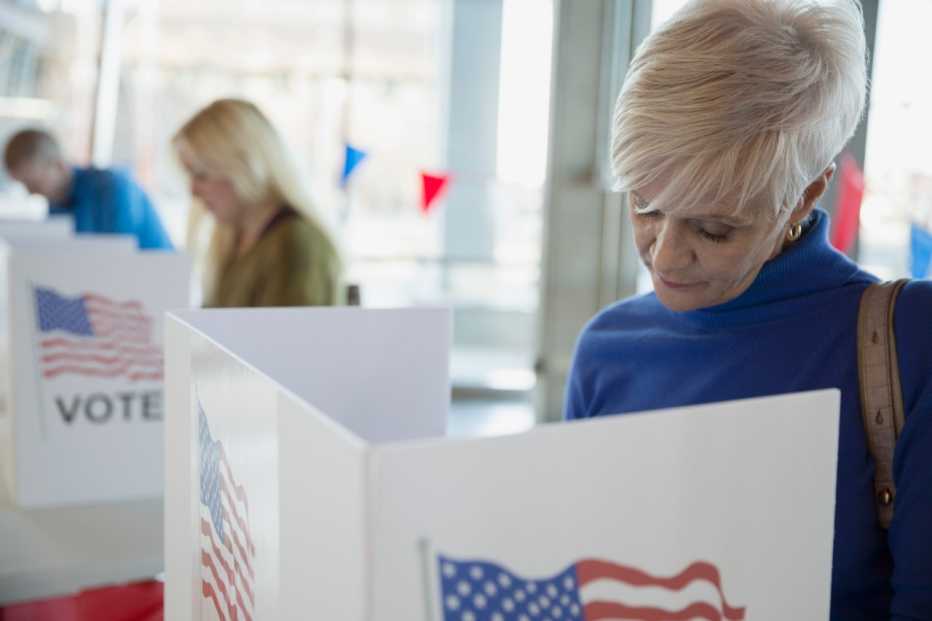AARP Hearing Center


We’re all hearing how this midterm election season is a “split screen” on inflation versus abortion. But for OLDER WOMEN VOTERS, is it that simple?
Looking at AARP’s recent polling, I’d say not necessarily.
Back in March, our national She’s the Difference survey found that rising cost of living was by far the top concern of likely women voters age 50+. Close to half (46%) said it was one of the most important issues facing the country, followed by division in the country (35%) and COVID (21%). Abortion didn’t crack the top 10.
While our next She’s the Difference poll won’t be released for a few weeks, we have seen signs of issues beyond inflation bubbling up in several important battleground states and the most competitive Congressional districts. Abortion is in the mix – particularly with Democratic women 50+ – but so are voting rights and gun violence. Immigration is mentioned a lot by Republican women 50+. Still, there is no doubt that rising prices and concerns about the economy in general remain top of mind for a significant percentage of these women.
Here’s a quick snapshot of how these priorities breakdown in the 56 most competitive Congressional districts:
Top 3 issues for 50+ women overall:
Inflation and rising prices tied with the economy (13%)
Abortion (11%)
Immigration and border security (10%)
Top 3 issues for 50+ Democratic women:
Abortion (20%)
Voting rights (15%)
Gun control/gun rights (13%)
Top 3 issues for 50+ Republican women:
Immigration and border security (21%)
Inflation and rising prices (18%)
The economy (17%)

































































Recommended for You